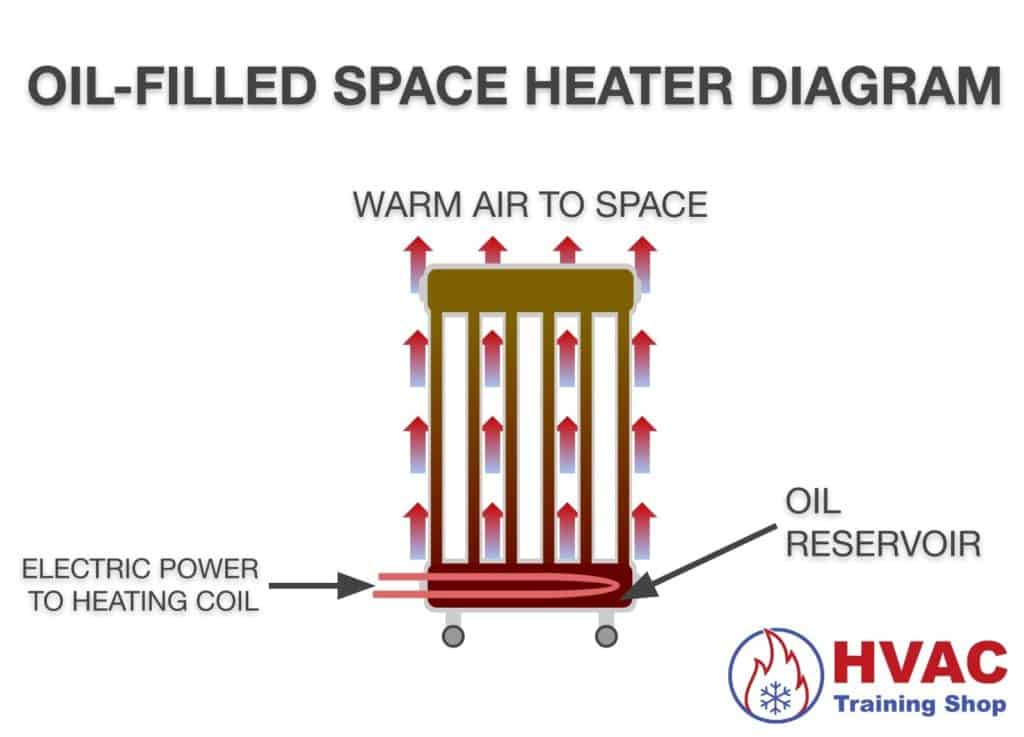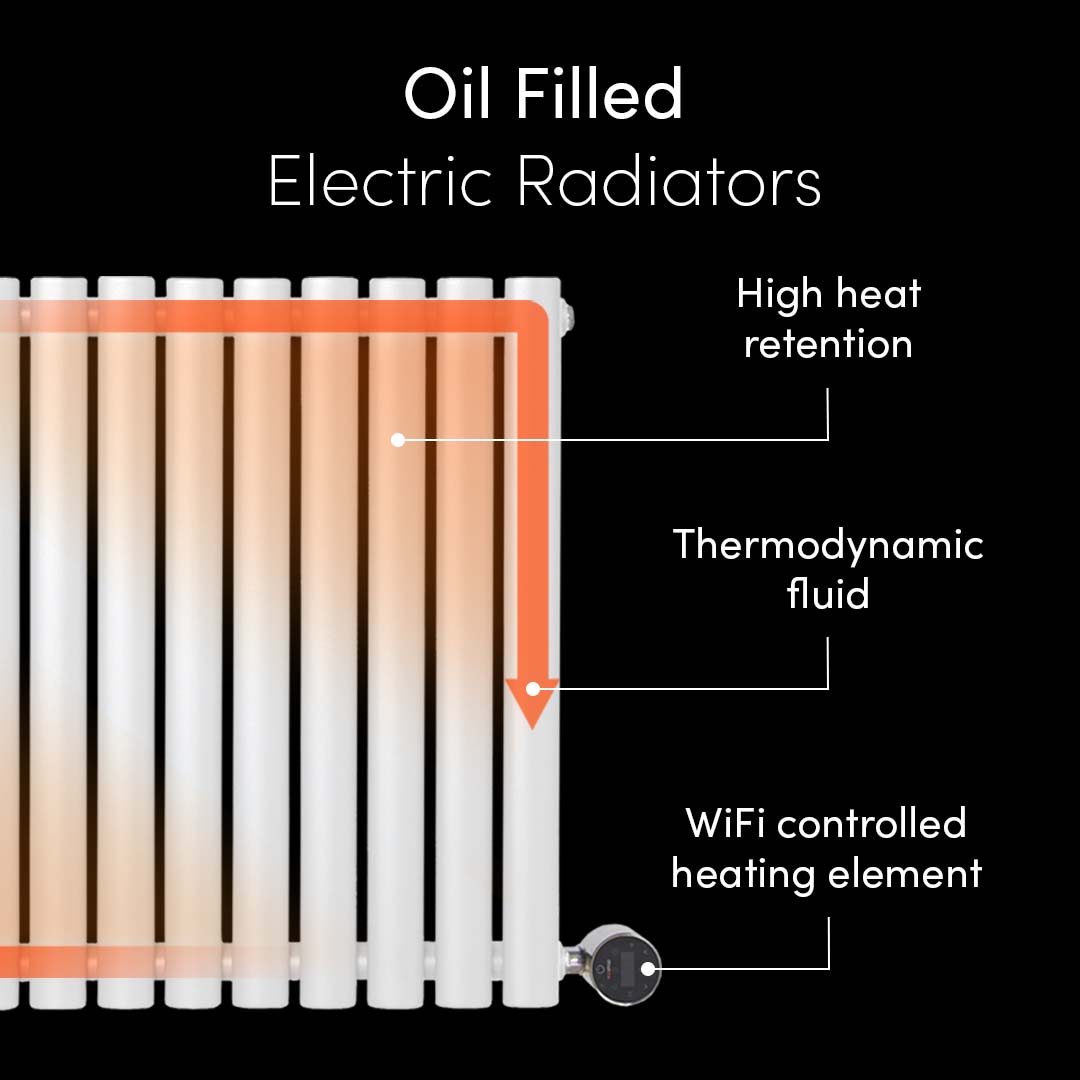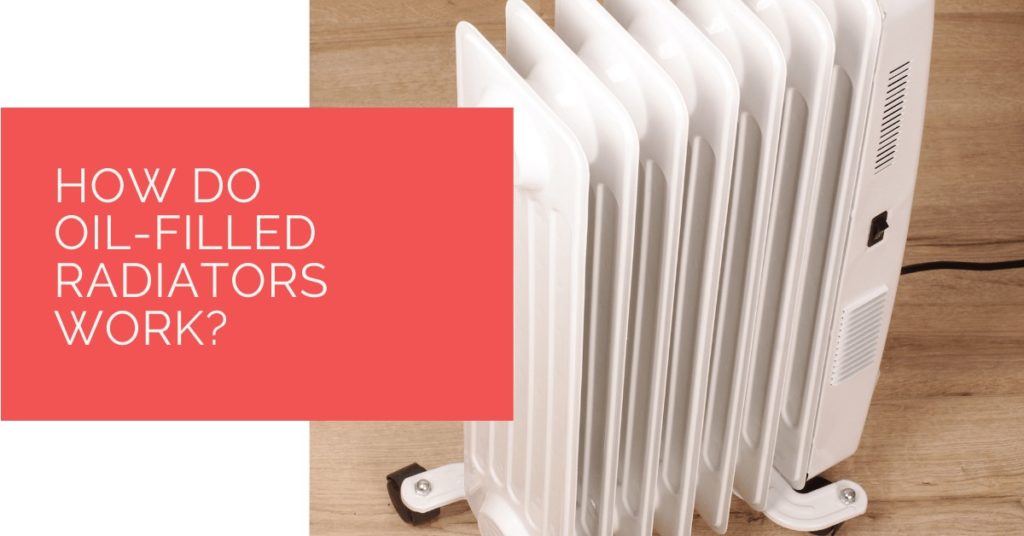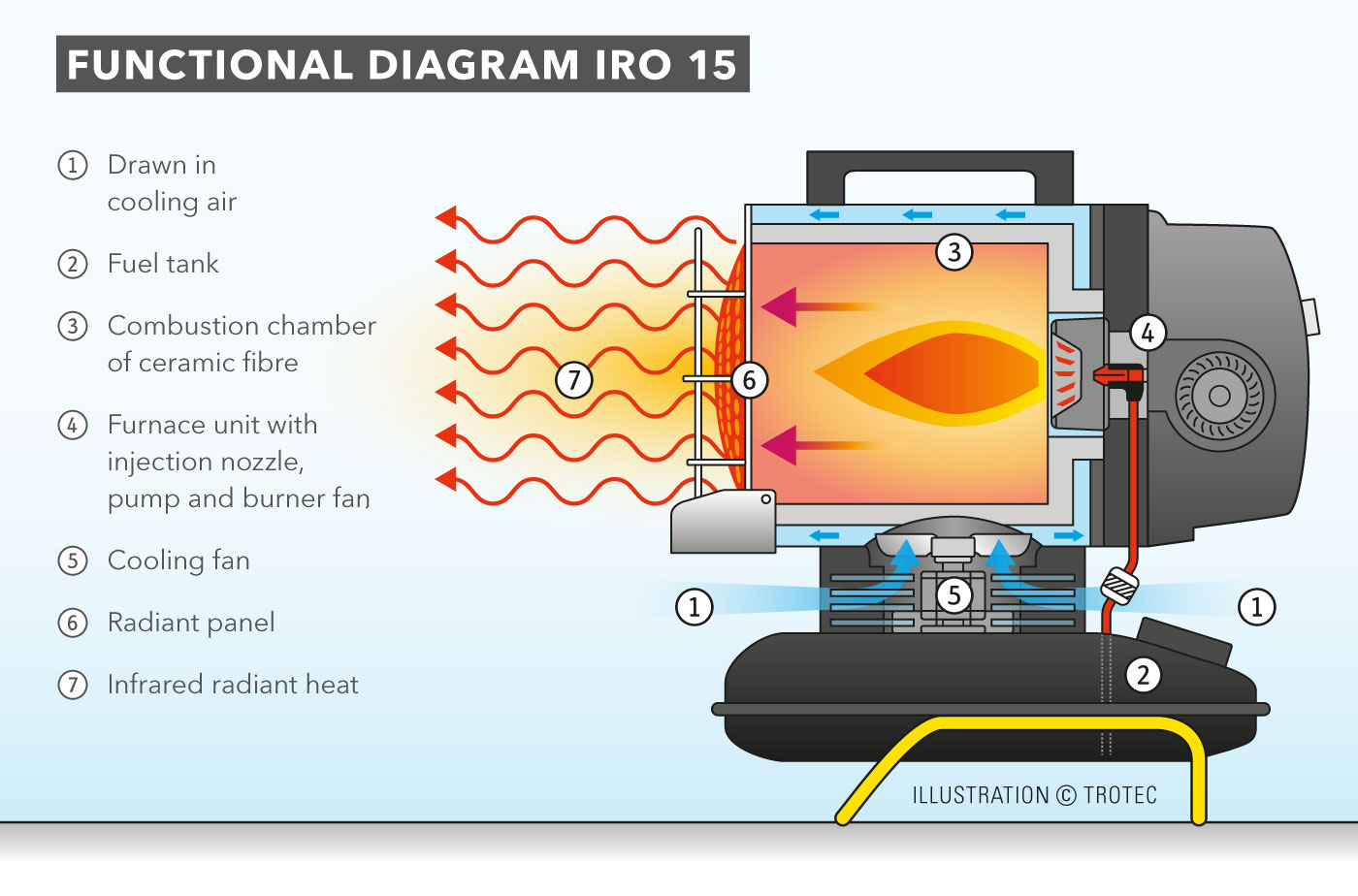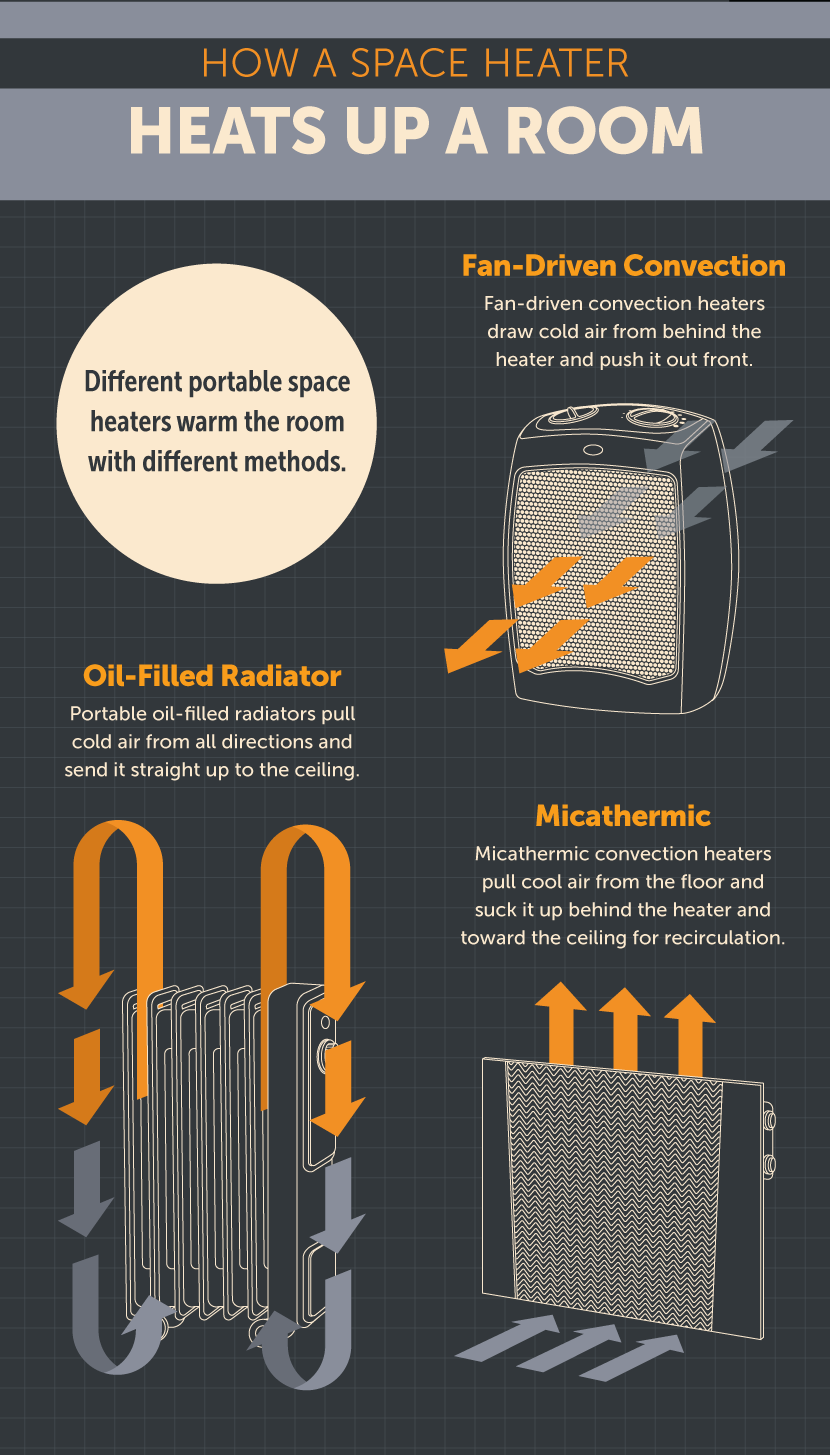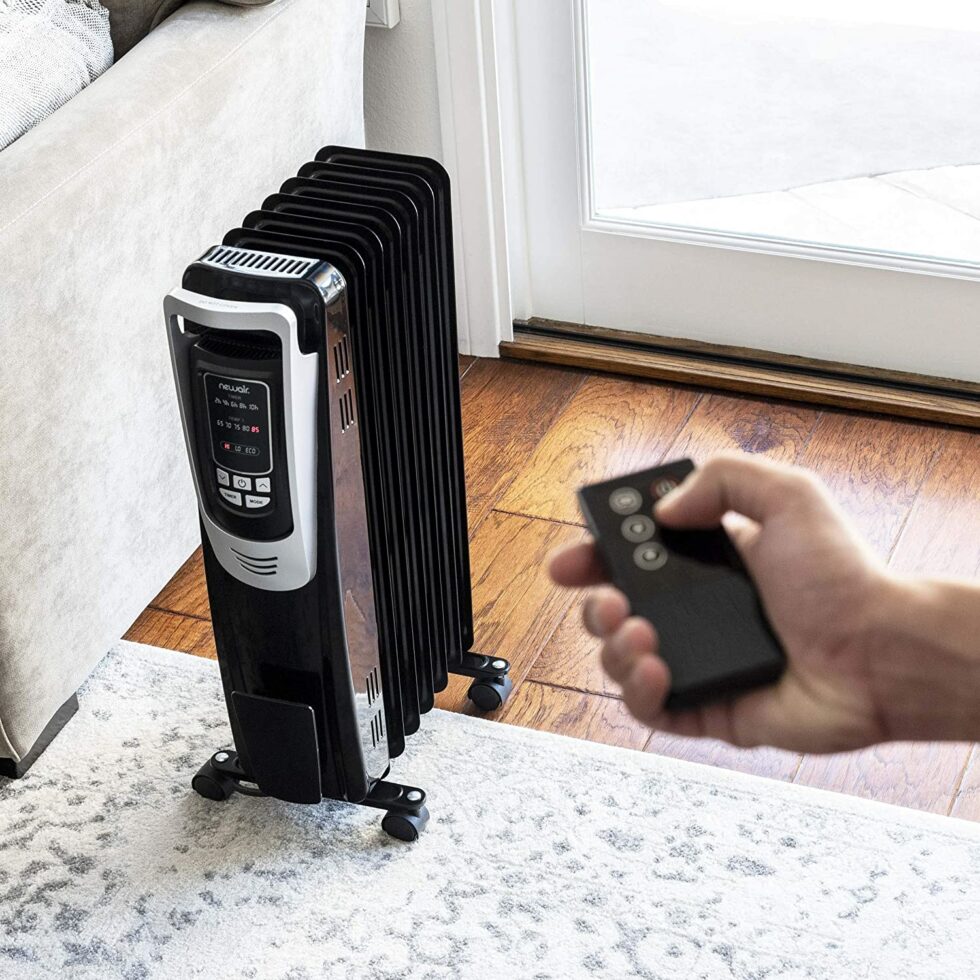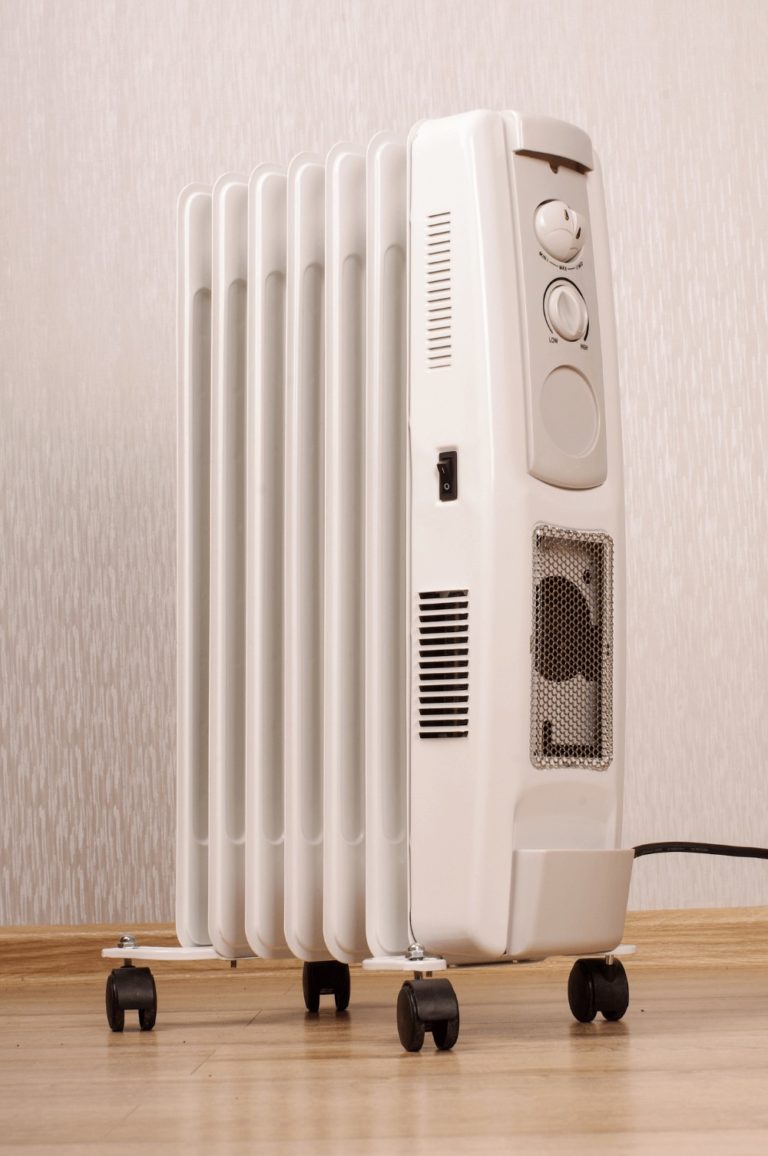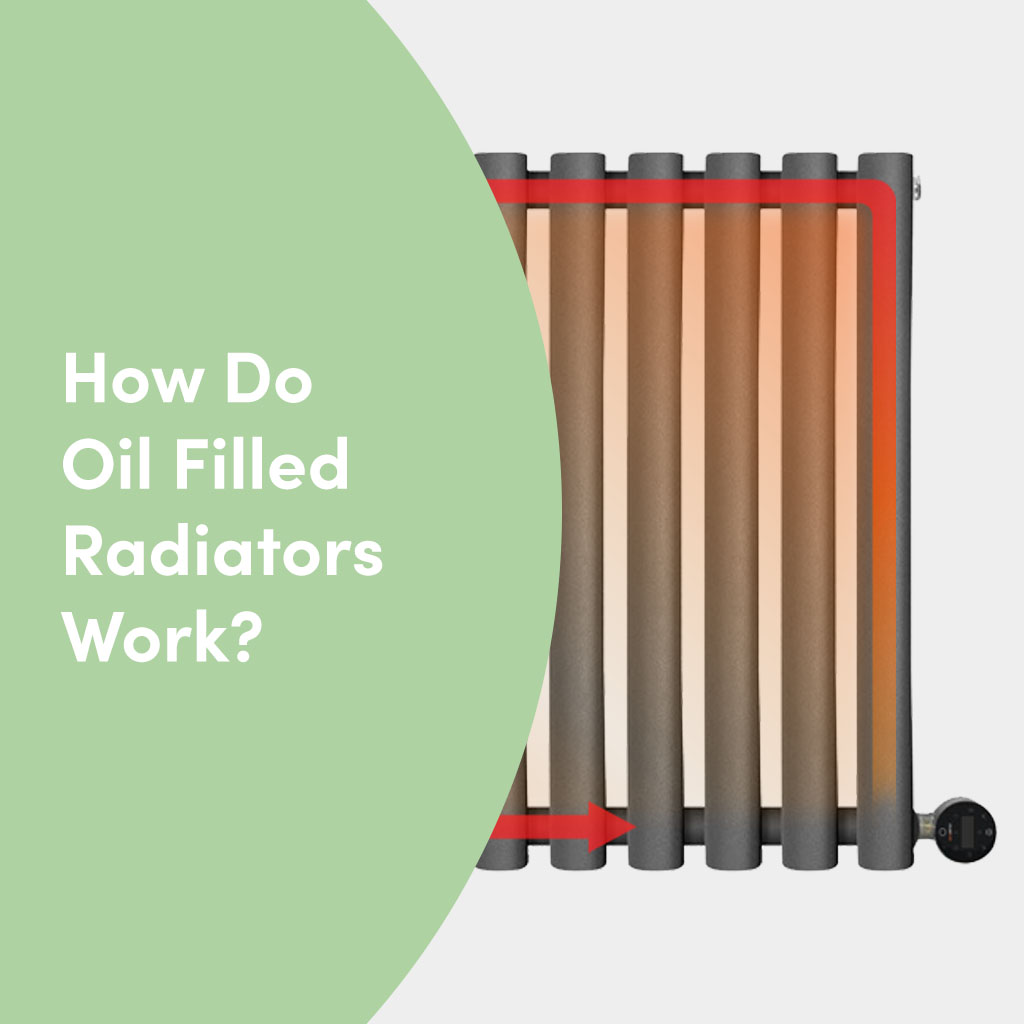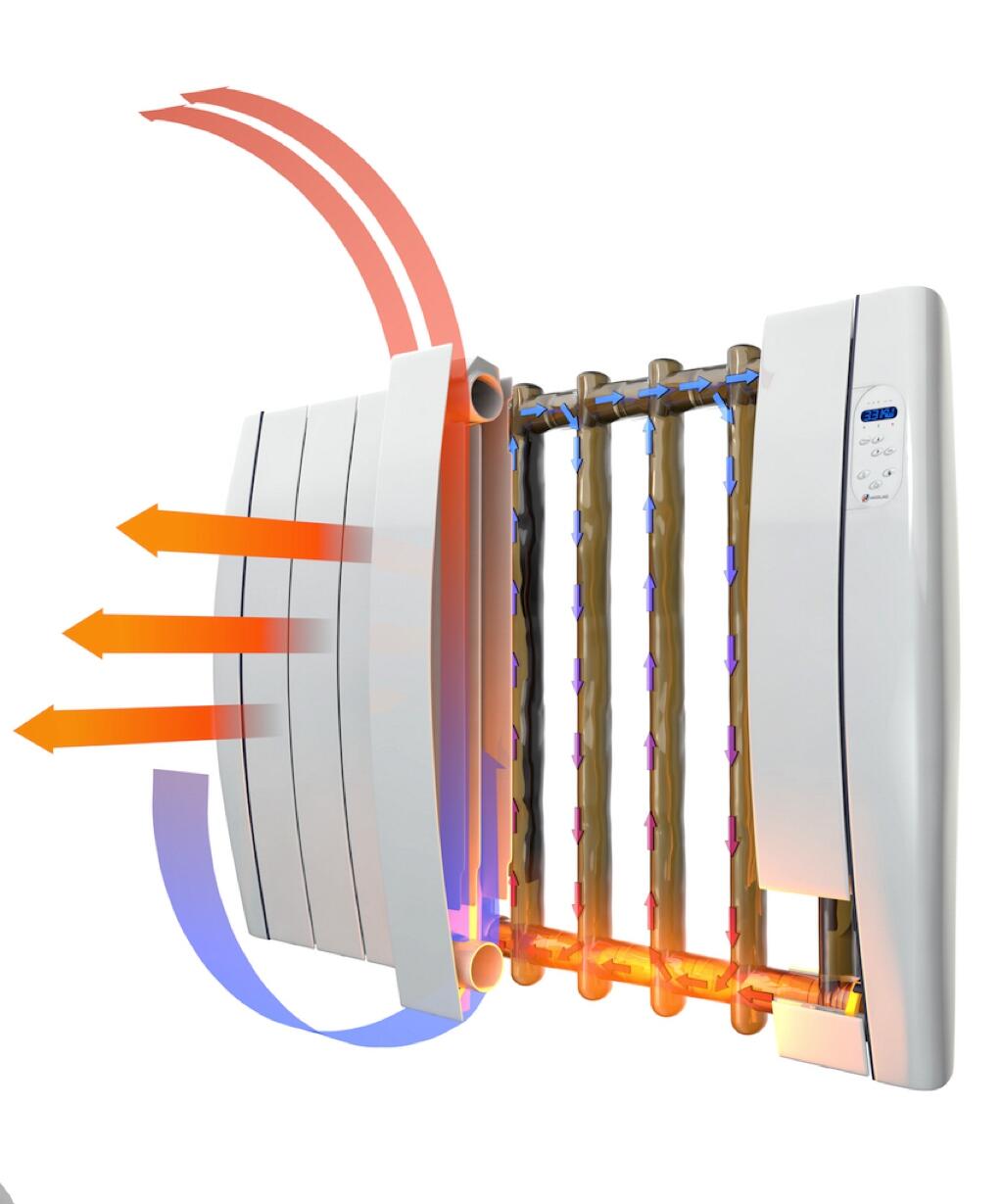How Do Oil Filled Radiant Heaters Work

As winter's chill deepens, many are seeking effective and energy-conscious ways to heat their homes. Amidst the array of heating options, oil-filled radiant heaters stand out for their quiet operation and consistent warmth. But how exactly do these portable heaters work, and what makes them a popular choice for supplemental heating?
This article delves into the inner workings of oil-filled radiant heaters, explaining the science behind their operation and exploring their advantages and disadvantages. Understanding how these heaters function can help consumers make informed decisions about their heating needs and energy consumption, especially considering fluctuating energy prices and growing concerns about environmental impact.
The Science of Radiant Heat
Oil-filled radiant heaters, despite their name, don't actually burn oil as fuel. Instead, they utilize electricity to heat a diathermic oil contained within a sealed metal housing, typically made of finned metal.
This oil acts as a heat reservoir. Once heated by an internal electric resistance element, the oil circulates within the heater, transferring heat to the metal surface.
The heat then radiates outwards, warming objects and people in the room directly, rather than heating the air itself. This principle of radiant heat is similar to how the sun warms the earth.
Components and Functionality
The core components of an oil-filled radiant heater include the electric heating element, the diathermic oil, the metal fins, a thermostat, and safety features.
The heating element, typically a resistive coil, converts electrical energy into heat. The diathermic oil, specially formulated for efficient heat transfer and stability at high temperatures, circulates throughout the heater via convection, distributing the heat evenly.
The metal fins increase the surface area of the heater, maximizing the amount of heat radiated into the room. The thermostat regulates the heater's temperature, cycling the heating element on and off to maintain a consistent level of warmth. Safety features such as tip-over switches and overheat protection are also standard.
How the Heating Process Works
When the heater is plugged in and switched on, electricity flows through the heating element, causing it to heat up. This heat is then transferred to the surrounding diathermic oil.
The oil circulates throughout the heater body, warming the metal fins. These fins then radiate heat outwards, warming nearby objects and people.
Because the oil retains heat for a significant period, the heater continues to radiate warmth even after the heating element cycles off, providing a consistent and comfortable level of heat.
Advantages and Disadvantages
Oil-filled radiant heaters offer several advantages. They are known for their quiet operation, producing virtually no noise compared to fan-forced heaters.
They also provide a consistent and even heat distribution and do not dry out the air as much as some other types of heaters, making them a more comfortable option for those with respiratory sensitivities.
However, oil-filled radiant heaters also have some drawbacks. They typically take longer to heat up compared to fan-forced heaters, and they can be relatively heavy and bulky, making them less portable.
While they don't burn oil, they do consume electricity, and their energy efficiency can vary depending on the model and usage patterns.
"Always choose heaters with energy-efficient ratings to minimize energy consumption,"according to the U.S. Department of Energy.
Safety Considerations
While generally safe, oil-filled radiant heaters should be used with caution. Always place the heater on a stable, level surface, away from flammable materials such as curtains or furniture.
Avoid using extension cords, and never leave the heater unattended while it is in operation. Regularly inspect the heater for any signs of damage, such as leaks or frayed cords.
Following manufacturer's instructions and adhering to basic safety precautions can help prevent accidents and ensure the safe operation of oil-filled radiant heaters.
The Future of Radiant Heating
As energy efficiency and sustainability become increasingly important, manufacturers are constantly innovating to improve the design and performance of oil-filled radiant heaters.
This includes developing more energy-efficient heating elements, optimizing the design of the metal fins, and incorporating smart thermostats that can be programmed to automatically adjust the temperature based on occupancy and time of day.
With ongoing advancements, oil-filled radiant heaters are likely to remain a popular choice for supplemental heating, providing a comfortable, quiet, and energy-conscious way to stay warm during the colder months.
